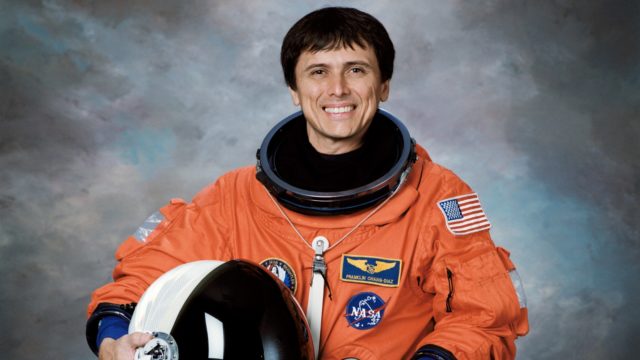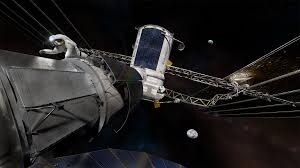
A company from Costa Rica, chaired by former NASA astronaut Franklin Chang Díaz, developed a plasma engine to propel rockets. The company Ad Astra Rocket completed one of the crucial tests of the Variable Specific Impulse Magnetoplasma Engine (VASIMR), capable of propelling rockets into space, created at its plant in Liberia, in the Guanacaste province, Costa Rica.
The test was carried out at the maximum power of 120 kilowatts (kW), in the vacuum chamber of the Ad Astra facilities in Houston, state of Texas, United States.
The factory opened in 2005 in the Central American country and is chaired by former astronaut Franklin Chang Díaz, being a subsidiary of Ad Astra Rocket Company, based in Webster, Texas.
State of the art space technology

The development of the engine is part of the NextSTEP contract signed with NASA. With the latest results, the analyzed technology reached maturity level 5 on the scale required by specialists from the United States National Aeronautics and Space Administration.
Throughout this year, the plasma engine must undergo two more key studies. On the one hand, two long-duration shots of the VASIMR VX-200SS prototype will be fired at 100Kw. The experiment will last more than five hours, to demonstrate the thermal control of the apparatus.
Another test, of about a hundred hours, will allow us to estimate the useful life of the system components. Later, technicians and scientists will move on to the TRL-6 development phase, the level with the ability to undertake spaceflight.
This new type of electric space thruster is the fastest and most efficient among the equipment of its kind. It also has the advantages of recharging in space and reaching speeds considered ultra-high to carry out distant space missions, such as the planned interplanetary flights.
Ad Astra introduced its first plasma engine in 2006, although the first intended for rocket propulsion will be the VF-200-1. Much has to do in its development the long experience acquired at NASA by the mechanical and physical engineer Franklin Chang Díaz, 70, who was part of seven missions to space between 1986 and 2002.

